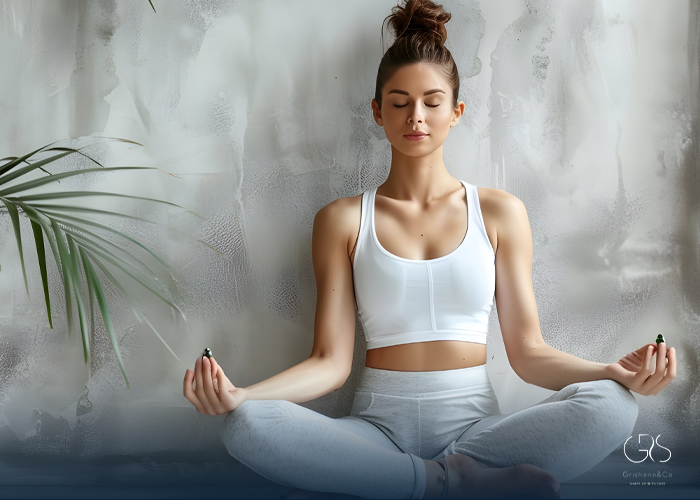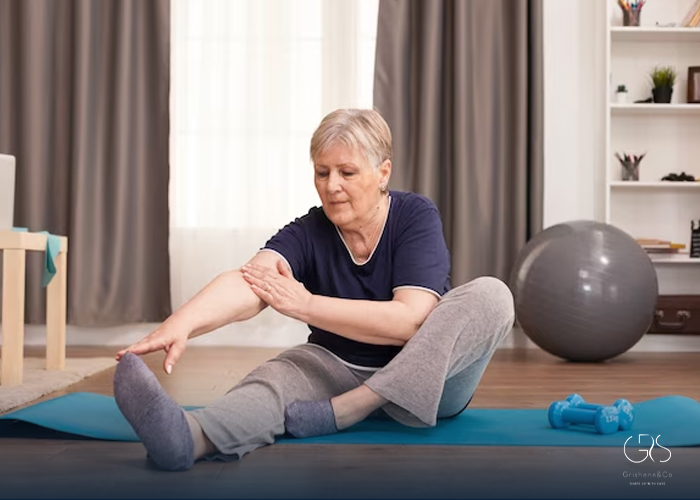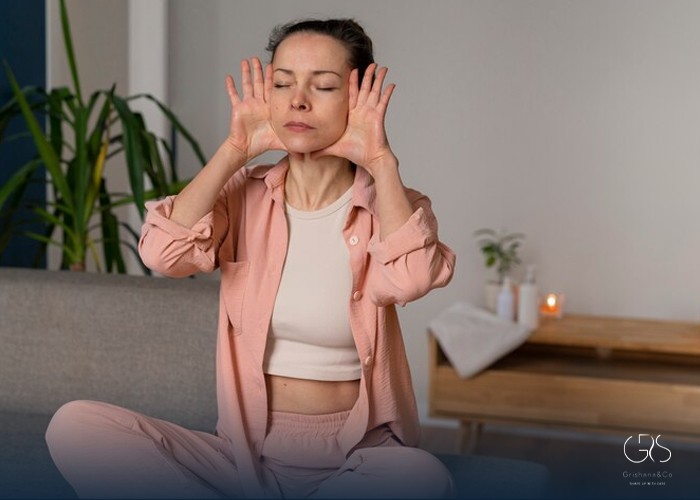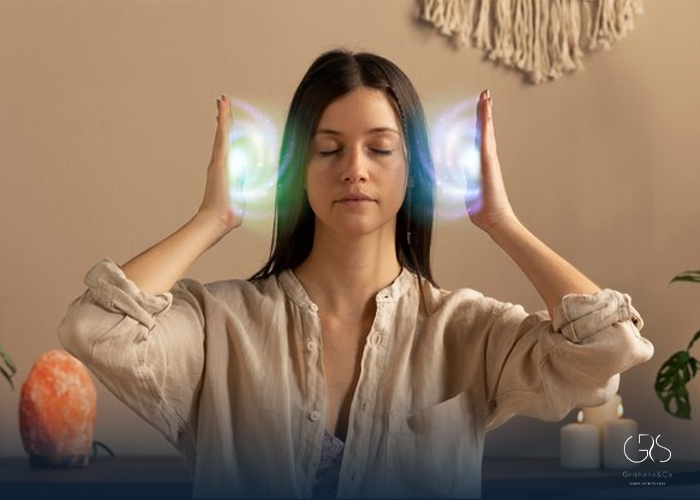Pilates and yoga are two popular forms of mind-body exercises that offer a range of physical and mental benefits. Both practices have gained widespread popularity due to their emphasis on strength, flexibility, and overall well-being. However, there are key differences in their techniques, philosophies, and intended outcomes. This article will provide a comprehensive comparison of Pilates and yoga, exploring their scientific foundations, benefits, and considerations to help individuals determine which practice may best suit their needs.
The Science Behind Pilates and Yoga
Pilates is a system of exercises developed by Joseph Pilates in the early 20th century, focusing on core strength, flexibility, and muscular endurance. The exercises in Pilates are designed to improve posture, balance, and body awareness through controlled movements and proper alignment. Studies have shown that regular Pilates practice can lead to improvements in core strength, muscle flexibility, and overall physical functioning. Research published in the Journal of Bodywork and Movement Therapies concluded that Pilates is effective in enhancing dynamic balance and reducing the risk of injuries, particularly in individuals with chronic low back pain.
Read more about yoga for weight loss
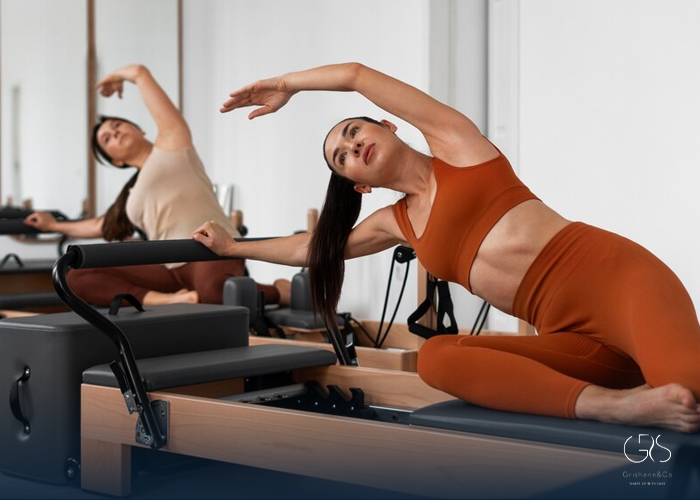
Yoga, on the other hand, is an ancient practice originating from India that combines physical postures, breathing techniques, and meditation to promote overall health and well-being. The therapeutic benefits of yoga have been extensively studied, with research indicating that regular yoga practice can reduce stress, improve flexibility, and enhance mental focus. A study published in the International Journal of Yoga Therapy found that yoga interventions can positively impact cardiovascular risk factors, such as blood pressure and cholesterol levels, contributing to improved heart health.
(I would suggest reading my article on beginner-friendly yoga poses)
Comparing Techniques and Philosophies
While both Pilates and yoga share the goal of improving physical and mental well-being, they differ in their techniques and philosophies. Yoga focuses on the integration of mind, body, and spirit through the practice of physical postures, breathing exercises, and meditation. The holistic approach of yoga aims to create harmony and balance within the individual, promoting relaxation, stress reduction, and spiritual growth.
Pilates, on the other hand, emphasizes core strength, stability, and muscular endurance through a series of controlled movements that target specific muscle groups. The precision and alignment in Pilates exercises help to improve body awareness, posture, and overall physical function. Pilates is often recommended for individuals seeking to enhance core stability, rehabilitate from injuries, or improve athletic performance.
Benefits of Pilates and Yoga
Both Pilates and yoga offer a plethora of benefits for the mind and body. Pilates has been shown to improve core strength, flexibility, and posture while reducing the risk of musculoskeletal injuries. Research published in the Journal of Sports Science and Medicine demonstrated that Pilates can enhance muscular strength, endurance, and flexibility, making it a valuable exercise modality for individuals seeking to improve physical performance and functionality.
Yoga, on the other hand, has been associated with numerous health benefits, including stress reduction, improved flexibility, and mental clarity. Regular yoga practice has been shown to decrease cortisol levels, a stress hormone associated with anxiety and depression, leading to enhanced emotional well-being. A study published in the Journal of Alternative and Complementary Medicine found that yoga interventions can improve sleep quality and reduce symptoms of insomnia, highlighting the therapeutic effects of yoga on mental health.
(Read more about the article on yoga exercise.)

Choosing the Right Practice for You
When deciding between Pilates and yoga, individuals should consider their personal goals, preferences, and physical condition. Yoga may be more suitable for those seeking a holistic approach to well-being, focusing on relaxation, stress relief, and spiritual growth. Yoga practice can be tailored to meet individual needs, whether it be improving flexibility, enhancing mental focus, or promoting emotional well-being.
Pilates workout can be a preference for individuals looking to strengthen their core, improve postural alignment, or enhance athletic performance. The structured and systematic approach of Pilates exercises can benefit individuals recovering from injuries, managing chronic pain, or seeking to improve overall physical function. Pilates workout can be adapted to accommodate different fitness levels and abilities, making it accessible to a diverse range of individuals.
Conclusion
In conclusion, both Pilates and yoga offer unique benefits for individuals seeking to improve their physical and mental well-being. While yoga promotes relaxation, stress reduction, and spiritual growth, Pilates focuses on core strength, flexibility, and muscular endurance. By understanding the scientific foundations, techniques, and benefits of Pilates and yoga, individuals can make an informed decision about which practice aligns best with their goals and preferences. Whether choosing the mindfulness and tranquility of yoga or the precision and control of Pilates, individuals have the opportunity to experience the transformative effects of these mind-body exercises.
Sources
- PubMed Central (PMC), The Impacts of Pilates and Yoga on Health-Promoting Behaviors and Subjective Health Status
- Pilates Bridge, 12 Scientifically Proven Benefits of Pilates for Your Peace of Mind
- International Journal of Cardiology, Effects of yoga on cardiovascular disease risk factors: A systematic review and meta-analysis



